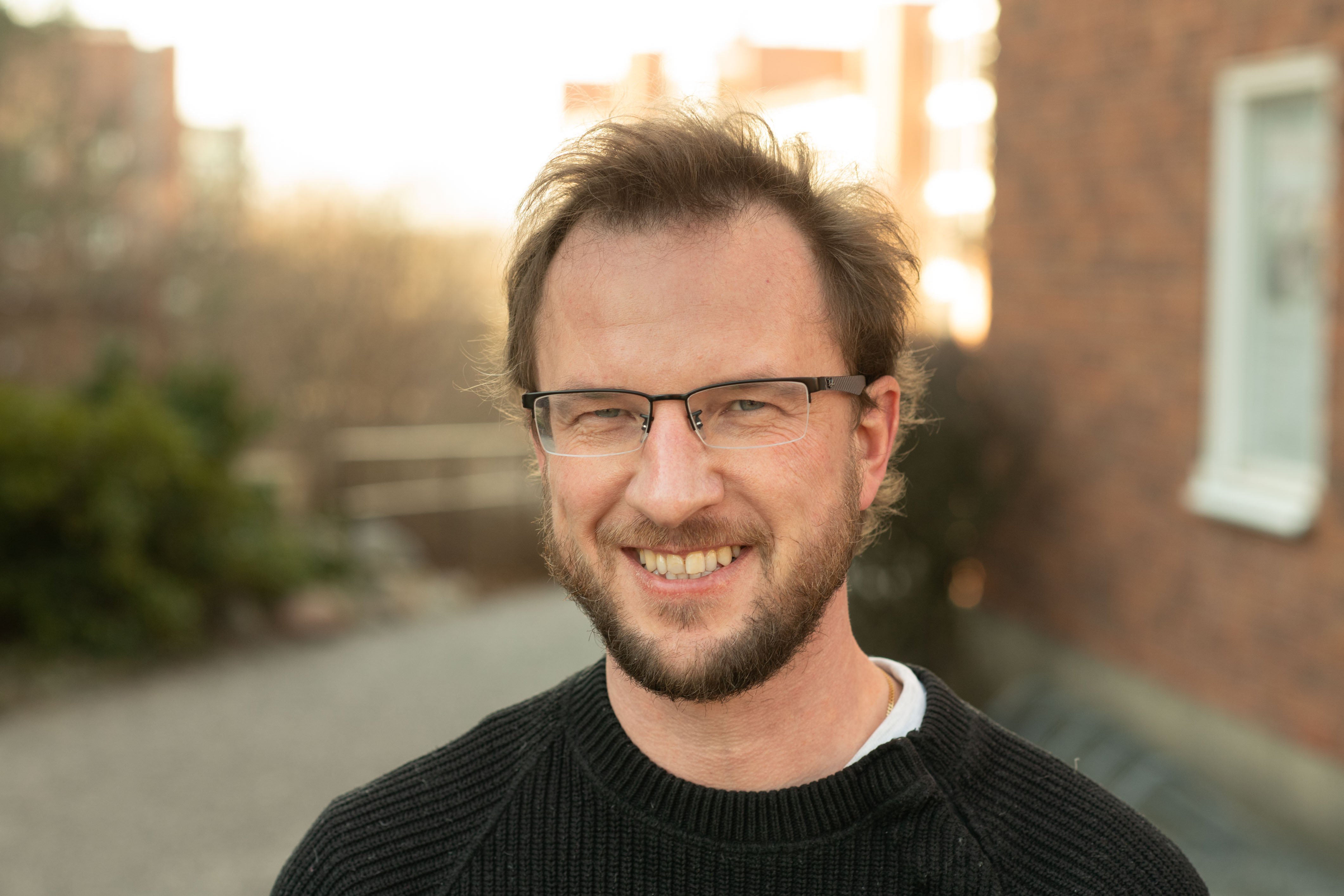New mechanism of bone growth discovered

In a paper published in the journal Nature, an international research team led by researchers at Karolinska Institutet in Sweden report that bone growth in mice takes place in accordance with the same principles as when new cells are constantly produced in blood, skin and other tissue. This contradicts the previous understanding that bone growth depends on a finite number of gradually consumed progenitor cells. If the new findings also apply to humans, they could make an important contribution to the treatment of children with growth disorders.
The growth of children’s bones depends on growth plates (physes) situated close to the end of all long bones in the body. These plates consist of cartilage cells, chondrocytes, that form a kind of scaffold supporting the formation of new bone tissue, and that are themselves generated from stem-cell like progenitor cells called chondroprogenitors.
For long bones to grow properly, chondrocytes must be generated constantly throughout the growth period. The general view in the field has been that there is a limited number of progenitor cells that are formed during embryonic development and then consumed for bone growth until they run out and we stop growing. In an attempt to ascertain whether or not this is true, researchers at Karolinska Institutet decided to study the formation of chondrocytes in mice.
“What we found was that small ‘clones’ of cells were generated from the same progenitor cells during embryonic development, which is in line with the current view,” says research group leader Andrei Chagin, docent at the Department of Physiology and Pharmacology, Karolinska Institutet. “But after birth there were dramatic changes in cell dynamics and large, stable clones were formed that proved to be a consequence of how the chondroprogenitors had acquired the ability to regenerate.”
Progenitor cell situated in stem cell niche
Such progenitor cell behaviour is typical for tissue that constantly produces many new cells, such as skin, blood and intestine. For such tissue types, it has been shown that the progenitor cells are situated in a very specific micro-environment, a stem cell niche, which helps to generate the necessary cells (e.g. skin and blood cells) but also enables the progenitor cells to renew themselves. If the niche is disrupted or dysfunctional, the progenitor cells become depleted and the tissue is damaged.
The researchers have now shown that there is a stem cell niche in growth plates too, at least in mice, and that bone growth ceases if this local micro-environment is disrupted, implying that bone growth follows a completely different principle to what was once thought.
“If it turns out that humans also have this growth mechanism, it could lead to a significant reassessment of numerous therapeutic approaches used for children with growth disorders,” says Dr Chagin. “The mechanism could also explain some previously puzzling phenomena, such as the unlimited growth seen in patients with certain genetic mutations.”
The study was financed by the Swedish Research Council, StratRegen (Karolinska Institutet), the King Gustaf V 80-year Foundation, the Swedish Cancer Society, the Swiss National Science Foundation, EMBO, the Frimurare Barnhuset (Masonic children’s home) Foundation, the Foundation for Child Care and the Grant Agency of the Czech Republic.
Publication
“A radical switch in clonality reveals a stem cell niche in the epiphyseal growth plate”.
Phillip T Newton, Lei Li, Baoyi Zhou, Christoph Schweingruber, Maria Hovorakova, Meng Xie, Xiaoyan Sun, Lakshmi Sandhow, Artem V Artemov, Evgeny Ivashkin, Simon Suter, Vyacheslav Dyachuk, Maha El Shahawy, Amel Gritli-Linde, Thibault Bouderlique, Julian Petersen, Annelie Mollbrink, Joakim Lundeberg, Grigori Enikolopov, Hong Qian, Kaj Fried, Maria Kasper, Eva Hedlund, Igor Adameyko, Lars Sävendahl, Andrei S Chagin.
Nature, online 27 February 2019, doi: 10.1038/s41586-019-0989-6.
